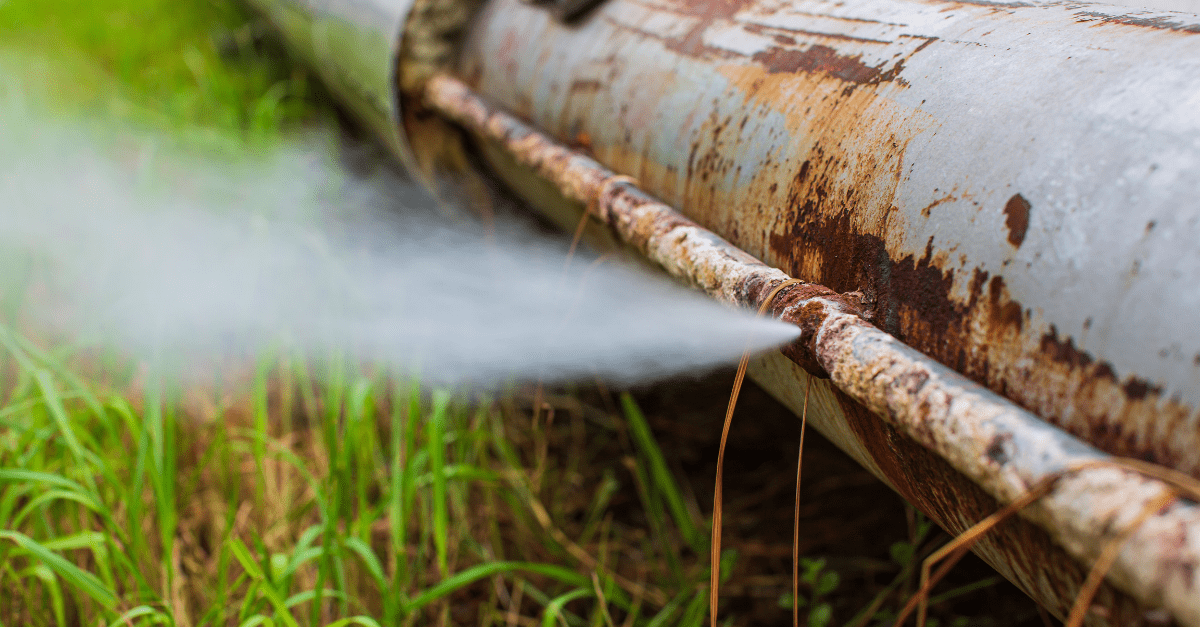Corrosion rates are a critical measure used to understand the rate at which materials, especially metals, deteriorate due to chemical reactions with their surrounding environment. This degradation can severely impact the lifespan and integrity of structures and equipment, particularly in industries where metals are exposed to corrosive agents such as moisture, chemicals, or pollutants.

One of the most common methods for evaluating corrosion rates is through corrosion coupons, which are small metal samples placed in a corrosive environment. These samples are periodically weighed or measured for thickness reduction, and the data is used to calculate the corrosion rate. The rate of corrosion provides valuable insights into the remaining useful life of the material and informs decisions on maintenance or replacement schedules.
Several factors can affect the corrosion rate, such as temperature, humidity, pH levels, and the alloy composition of the metal. Understanding these variables is essential for assessing the risk of corrosion and developing effective strategies to mitigate it. Common protective measures include applying coatings, using corrosion inhibitors, and implementing cathodic protection systems. These approaches help slow the corrosion process, extending the life of the material.
In industrial settings, accurate corrosion rate assessment is vital for ensuring safety, reliability, and compliance with regulations. Organizations like the Association of Water Technologies (AWT) have set standards for assessing corrosion rates in various systems, particularly those related to water. These standards guide professionals on how to measure corrosion consistently and reliably, promoting best practices across industries.
Corrosion rate standards are essential for maintaining consistency and reliability in measuring the degradation of materials across different industries. These standards provide a structured framework for evaluating corrosion, ensuring that results are accurate and comparable regardless of the industry or geographic location.
The Association of Water Technologies (AWT) is a key organization that provides standards and methodologies for corrosion rate assessments, particularly in water-related systems. AWT’s standards detail the proper use of corrosion coupons, which are small metal samples placed in corrosive environments to measure weight loss or thickness reduction over time. These measurements are then used to calculate the corrosion rate.
By adhering to established standards, professionals across industries ensure uniformity in their corrosion rate testing procedures. This uniformity is especially important when evaluating the corrosion of critical infrastructure, where material degradation could pose significant safety risks. Consistent methodologies enable accurate comparisons of corrosion rates, allowing for better decision-making when it comes to material maintenance and replacement.
Compliance with corrosion rate standards also plays a significant role in regulatory adherence. Industries must meet certain criteria to ensure the safety and longevity of their equipment and structures. The benchmarks set by organizations like AWT help companies align with regulatory requirements, ensuring that corrosion assessments meet high safety and quality standards.
In summary, the standards for corrosion rates provide a comprehensive guide for measuring, assessing, and mitigating material degradation. By following these standards, industries can make informed decisions about asset management, ensuring the longevity and reliability of their materials in corrosive environments.
Corrosion rates are influenced by various factors such as temperature, humidity, pH levels, and the specific composition of the metal alloy.
Corrosion rates are commonly measured using corrosion coupons. These small metal samples are placed in a corrosive environment, and periodic measurements of weight loss or thickness reduction help calculate the rate of corrosion.
Standards ensure consistency and reliability in corrosion rate assessments. They provide a framework for accurate measurements, ensuring that professionals across industries use uniform methodologies.
The standards set by the Association of Water Technologies (AWT) provide guidelines for assessing corrosion rates in water-related systems. These standards help industries maintain regulatory compliance and ensure the safety and longevity of their materials.
Corrosion can be mitigated through protective measures such as coatings, corrosion inhibitors, and cathodic protection systems, which slow down the corrosion process and extend the lifespan of the material.